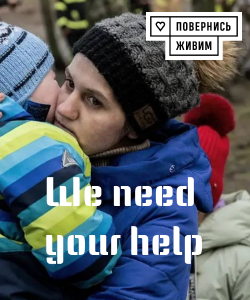In a very severe condition — without eyes, brain, trachea, and with traces of torture — Ukrainian journalist Viktoria Roshchyna, who died in Russian captivity, was found dead
Such details became known from official information obtained from the Office of the Prosecutor General of Ukraine and experts who examined her body. This has caused a real shock to the public and law enforcement agencies, as the state of the body and the investigations open a new front in the inquiry into the extent of tortures and crimes committed against Ukrainian prisoners by Russian forces. According to Yuriy Belyusov, head of the War Department at the Office of the Prosecutor General, the deceased’s body was discovered with numerous signs of brutal beatings and abuse. Her body showed abrasions, bruises, and broken ribs — all indicative of physical violence during detention. Additionally, experts recorded signs of probable electric shock application — another horrifying method of torture used by Russian torturers. "The injuries were sustained during her lifetime, so there is a high likelihood that Viktoria was specifically tortured," Belyusov emphasized. "These are not just traces of beatings but signs of systematic and cruel treatment." Law enforcement officials reported that the body, which was brought to Ukraine during the exchange on February 14, 2025, shows signs of being antemortem dissection carried out on Russian territory. During the examination, it was established that some internal organs were missing — notably, the brain, eyes, and part of the trachea. International forensic experts consulted by journalists point out that such damage may indicate an attempt to conceal the cause of death. They suggest that the absence of the brain and eyes could be driven by the intent to eliminate any trace of suffocation or other unforeseen causes of death that could point to specific types of torture. An expert indicates that the Russians likely attempted to hide the true circumstances of Roshchyna’s death. After updating the data on the body and its condition, it was returned to Ukraine as part of a prisoner exchange. The remains were found with a stamp reading "unknown male" and a note "SPAS." However, the initial forensic examination already determined it was a female body, and a comparative DNA analysis confidently confirmed that it was Viktoria Roshchyna. According to investigators, the designation "SPAS" in the documents may indicate the official cause of death that the Russian side attempted to document. Decoding this abbreviation suggests it refers to "total damage to the arteries of the heart" — a probable cause recorded in Russian medical documents. However, due to the state of the body and its mummification, forensic experts could not establish the exact cause of death. This raises new questions and generates serious concern regarding the scale and nature of human rights violations Viktoria Roshchyna endured in Russian captivity. Almost a year ago, the world learned about the tragic fate of the well-known Ukrainian journalist, who became one of the thousands of victims of Russian aggression and crimes. The current official data and investigations emphasize that the truth about her death remains hidden, and evidence of torture and violence must serve as the foundation for further international inquiry and accountability for those responsible.

